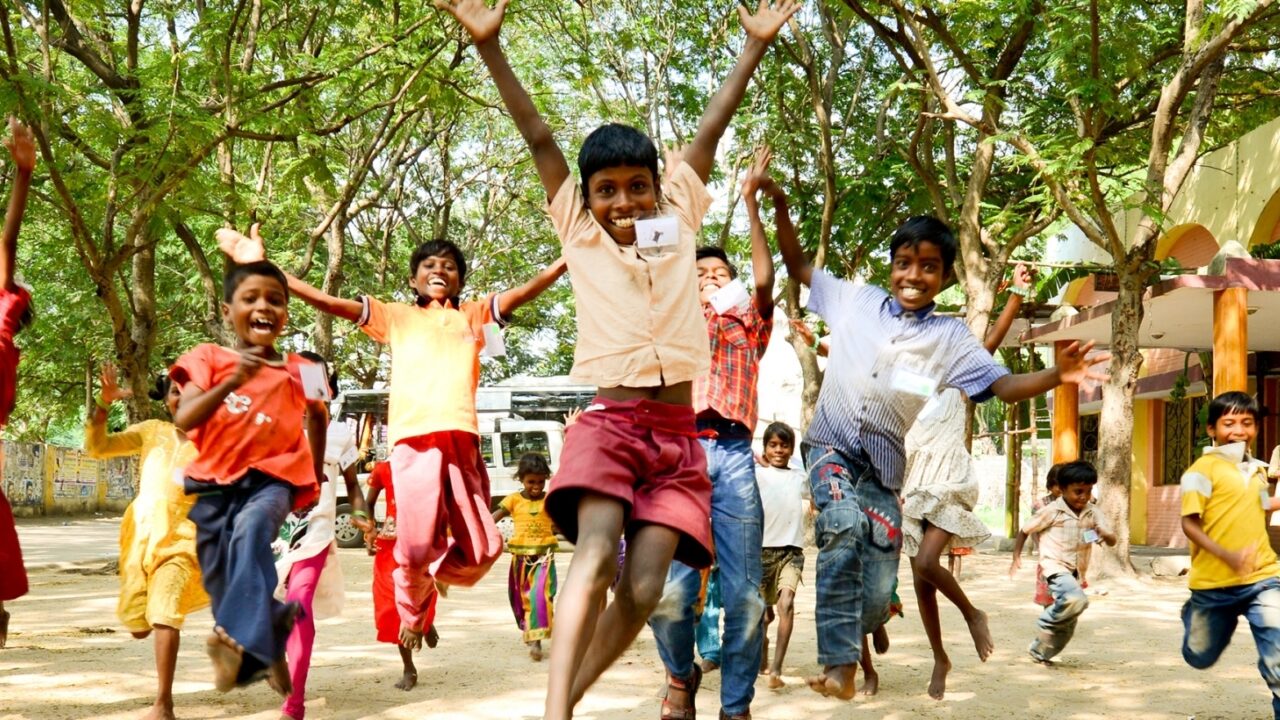
NGOCSTIP – Global War Against Human Trafficking takes center stage this July, even before the official World Day Against Trafficking on July 30. Across continents, the fight has escalated with a wave of coordinated campaigns and awareness efforts aimed at dismantling one of the most devastating global crimes of the modern era. Governments, non-profits, and international organizations are no longer waiting for a symbolic date. Instead, they are acting swiftly to protect the vulnerable and hold traffickers accountable. The urgency is real. Behind every statistic lies a person robbed of freedom and dignity. These July efforts show that the commitment to justice does not follow a calendar but a moral calling. And in 2025, that calling is louder than ever.
July 2025 marks a pivotal chapter in the Global War Against Human Trafficking. While the official observance falls on July 30, this month has already set an aggressive tone. In North America, the CVSA Human Trafficking Awareness Initiative ran from July 15 to 19, targeting frontline sectors like transportation. Millions were reached through training, awareness drives, and strategic partnerships. The campaign focused on empowering everyday workers to identify and report trafficking signs. Across the globe, organizations like UNODC, Equality Now, and multiple national agencies launched campaigns that focused on strengthening the role of justice systems. Law enforcement has been placed at the heart of these efforts, not only to arrest offenders but also to provide immediate support to survivors. These joint efforts reflect how nations are deepening their collaboration to combat this issue year-round.
“Read about: From Classrooms to Communities: The Anti-Trafficking Curriculum That’s Making Waves”
Police departments and border agencies are undergoing critical upgrades in their anti-trafficking strategies. In the past, fragmented responses hindered success. Now, the integration of specialized training and new technology is creating a more effective and proactive approach. Workshops, field simulations, and digital reporting systems are being rolled out across major cities and transport hubs. Frontline officers are learning how to spot trafficking patterns, decode victim behavior, and handle trauma-informed interventions. Justice departments are also refining coordination with NGOs and survivor advocacy groups. This multi-pronged method creates a bridge between legal action and compassionate care. In several regions, case closures have improved because of this shift. The message is clear: this war requires more than rescue missions; it demands a strategic, united front capable of adapting in real time.
What strengthens the current movement is the global connection between institutions and grassroots voices. Websites like iowanaht.org and alliancetoendhumantrafficking.org have transformed into powerful hubs for education and action. Social media campaigns have reached millions in just days, leveraging the voices of survivors, activists, and influencers. Embassies, including the US Embassy in the UAE, have hosted public forums and issued policy briefs to local authorities. These efforts are not only diplomatic but also deeply community-driven. Support from the general public is growing stronger as more people recognize trafficking’s hidden impact in both urban and rural spaces. Donations, volunteer hours, and digital activism are rising steadily this month. Rather than waiting for July 30, communities across the world are demanding action now. This rising awareness ensures that the issue stays in the spotlight beyond one calendar day.
“Read more: Shocking Truth: Even Toddlers Can Have a Stroke, Know the Signs!”
Although July has brought a surge in anti-trafficking activity, the work cannot stop here. Experts urge continuous engagement, especially in high-risk areas. Coordinated efforts have begun forming year-round task forces focused on education, prevention, and survivor reintegration. Schools are introducing age-appropriate trafficking awareness into their curriculum. Health care providers are also being trained to detect signs of trafficking during routine visits. The synergy between justice systems, educational institutions, and the public is forging a stronger defense against this complex crime. Global War Against Human Trafficking requires sustained commitment and innovation. As July sets the tone, the rest of the year must follow with just as much energy and urgency. Every sector must stay involved because lives depend on it. Together, we can ensure that these efforts evolve into permanent solutions.